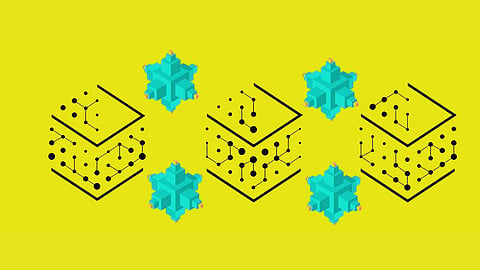

Artificial Intelligence is not a new term anymore but with ever-expanding possibility due to a wide range of applications. AI use cases fall into one or more of seven common patterns. According to analyst firm Cognilytica, the seven patterns are hyper-personalization, autonomous systems, predictive analytics and decision support, conversational/human interactions, patterns and anomalies, recognition systems, and goal-driven systems. Out of these, the most common is the recognition pattern. The main objective of this application is implementing machine learning and cognitive technology to analyze unstructured data. This data can occur in the form of images, text, videos, or any other format of quantified data. This helps us to understand data inputs in form pictures, sound, handwriting, facial expressions, and gestures.
While structured data can be interpreted by using a query, stack technology, and informatics systems, comprehending the more abundant unstructured data is beyond the ability of the human brain. This is where AI helps us to mine previously missed insights and increase the value of such data. Since the methods adopted for structured data analysis cannot be employed here, machine learning algorithms can recognize, identify, and match patterns that prevail in data. Here the programmers feed well-labeled training data to teach the system to classify input as per identifiable keywords and class sets. Then the algorithm of the now labeled data points is used to train a neural network to categorize data into those classes. Using multiple retraining the computer system is now qualified to figure out the type of information that is being sought out from the available data. Therefore, researchers, programmers make sure to use clear, qualitative, diverse, and already marked dataset to train system before using the same model for real-world application. These applications can be:
Even the Police department employs voice recognition software to track and identify criminals. In the manufacturing sector, sounds recognition patterns are used to help experts determine the presence of cracks and faults and sometimes counterfeit goods.
The recognition pattern feature of AI is used in almost every sector now. So, without any doubt, this will bring a digital change in how we function and engage with these AI-based revolutionary transformations.
Join our WhatsApp Channel to get the latest news, exclusives and videos on WhatsApp
_____________
Disclaimer: Analytics Insight does not provide financial advice or guidance. Also note that the cryptocurrencies mentioned/listed on the website could potentially be scams, i.e. designed to induce you to invest financial resources that may be lost forever and not be recoverable once investments are made. You are responsible for conducting your own research (DYOR) before making any investments. Read more here.
